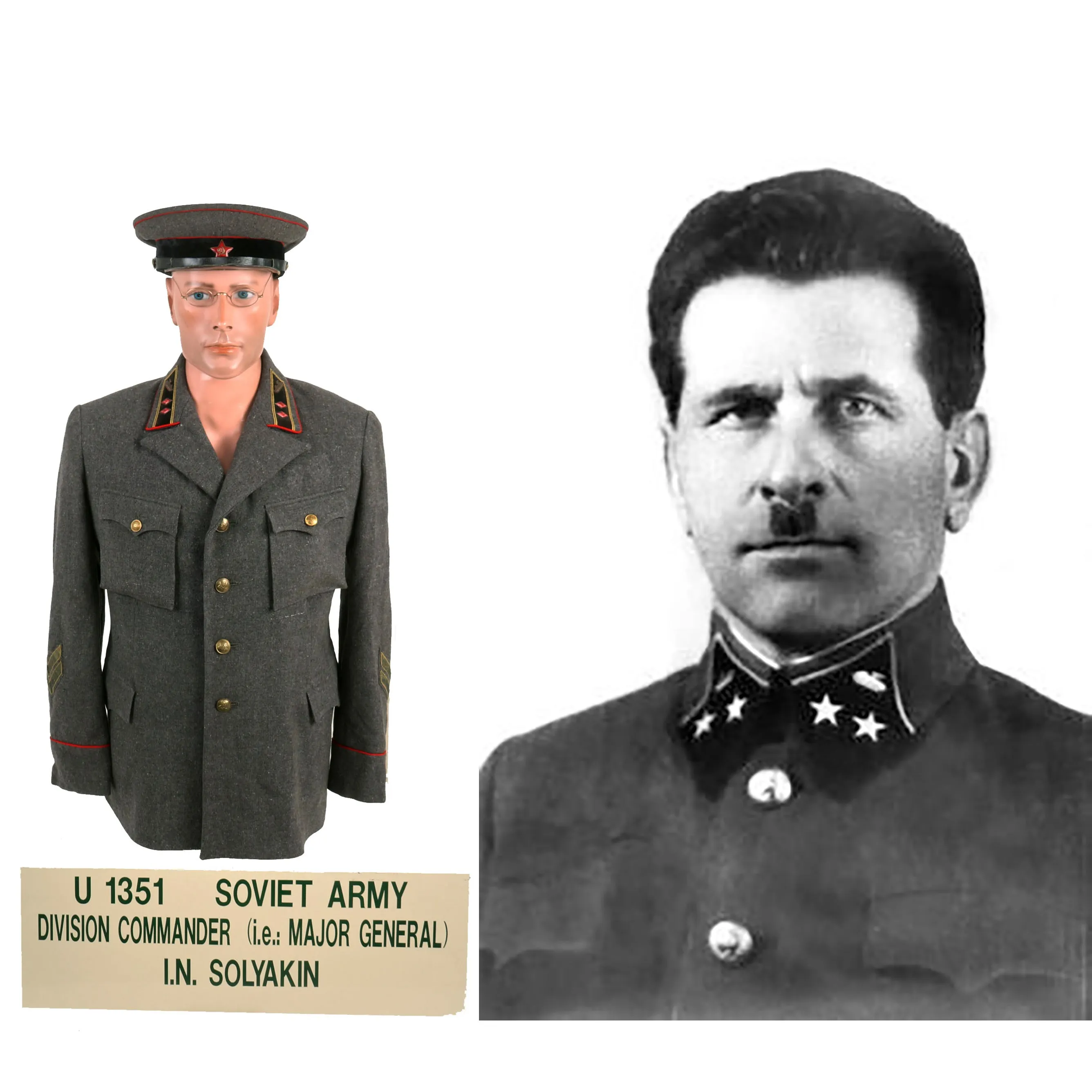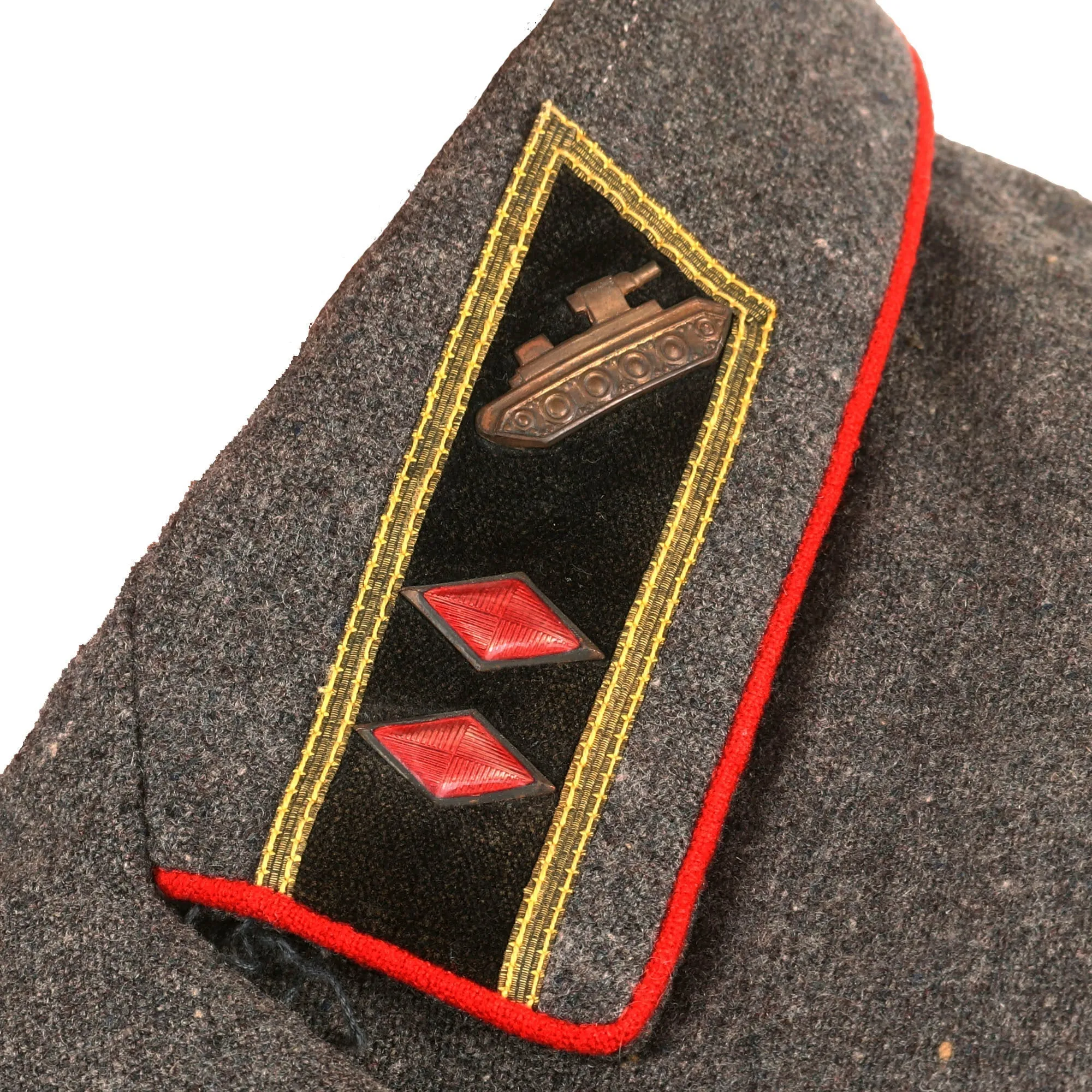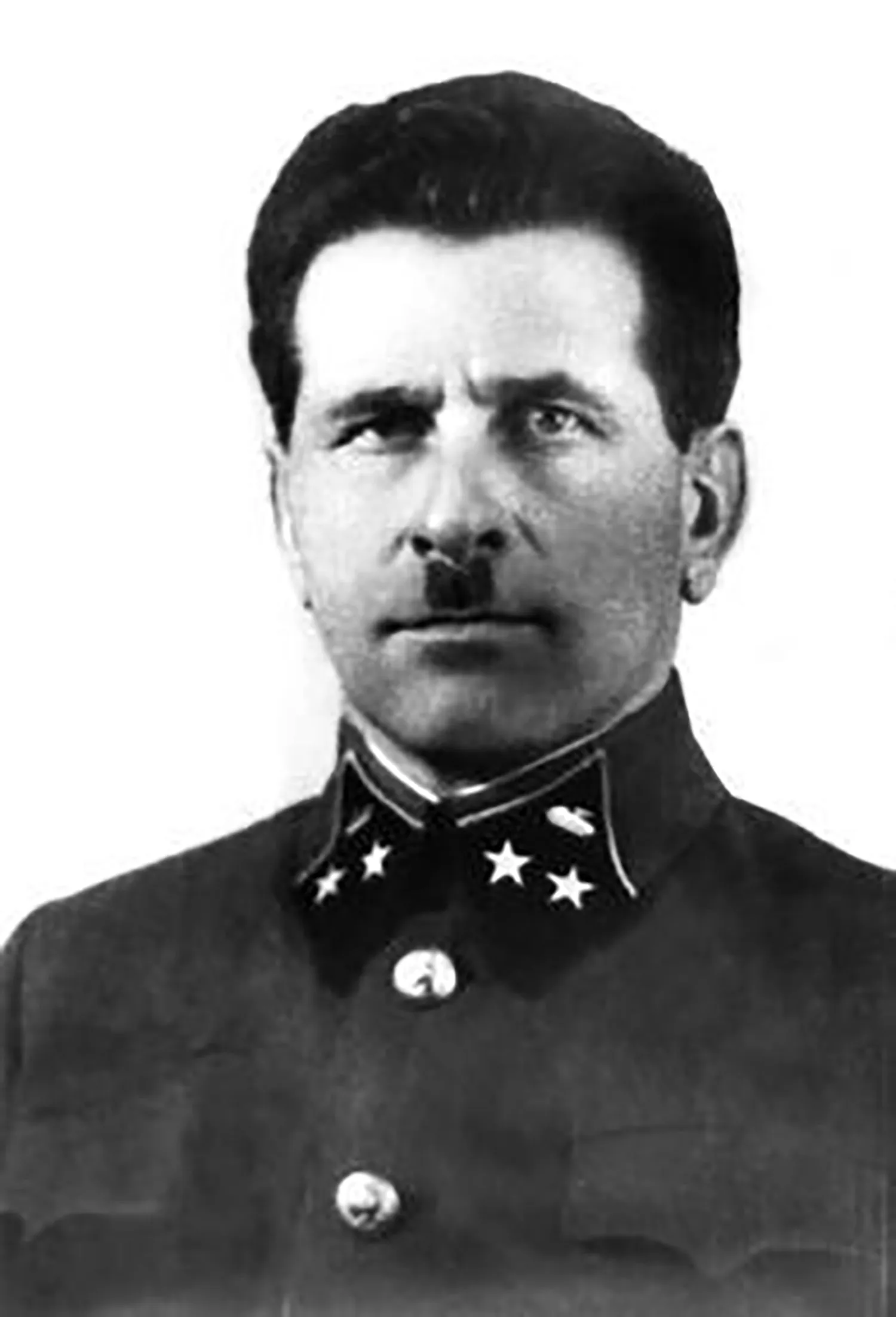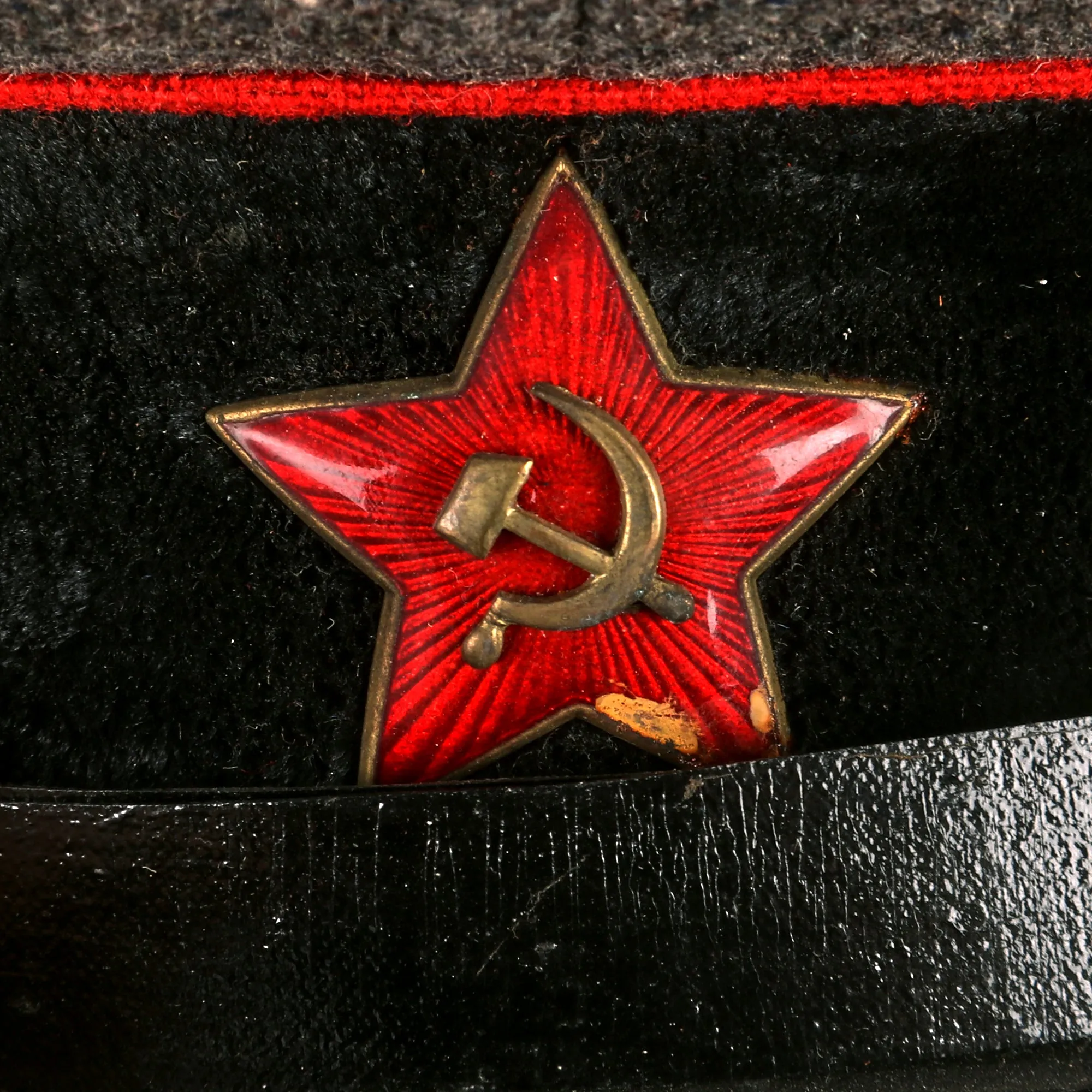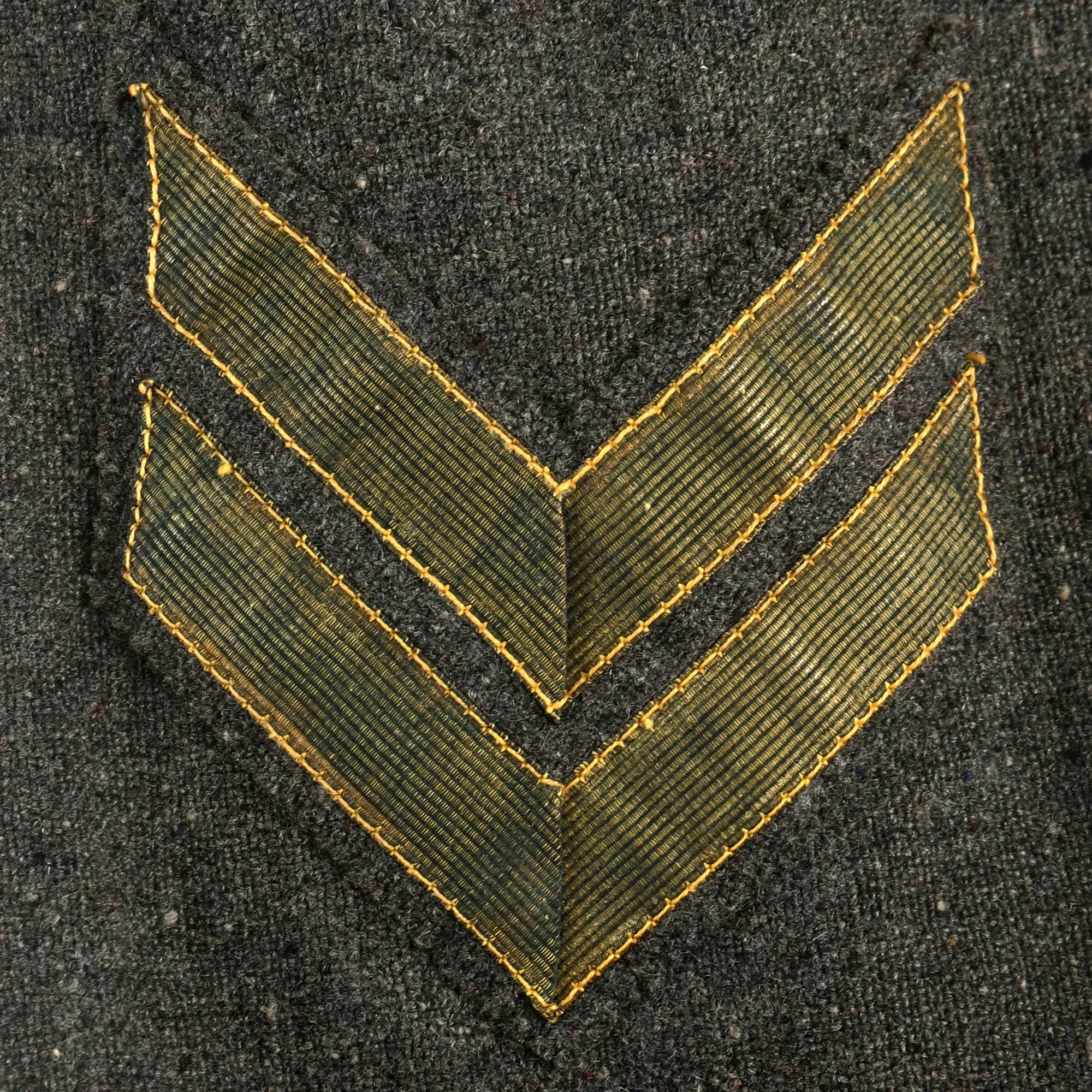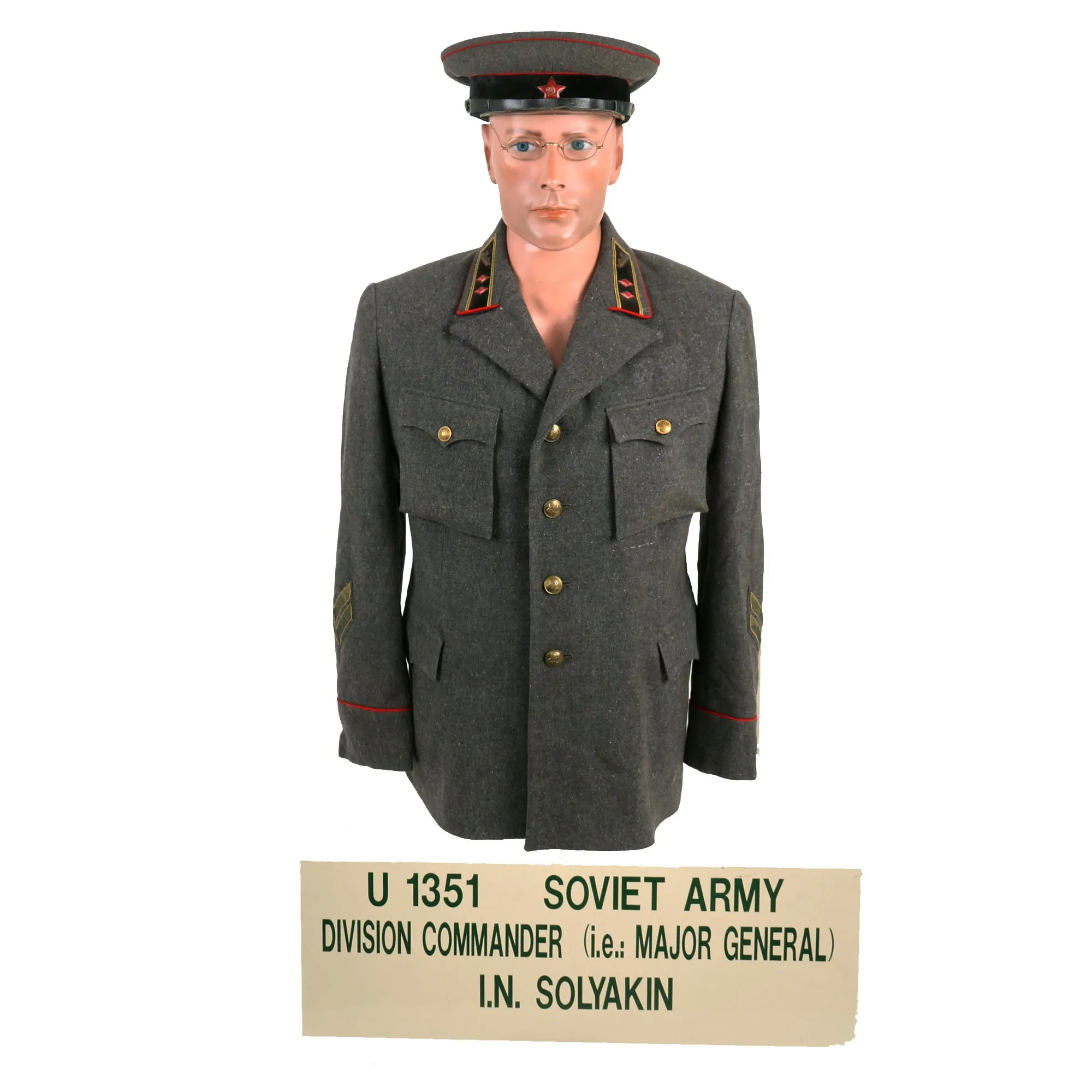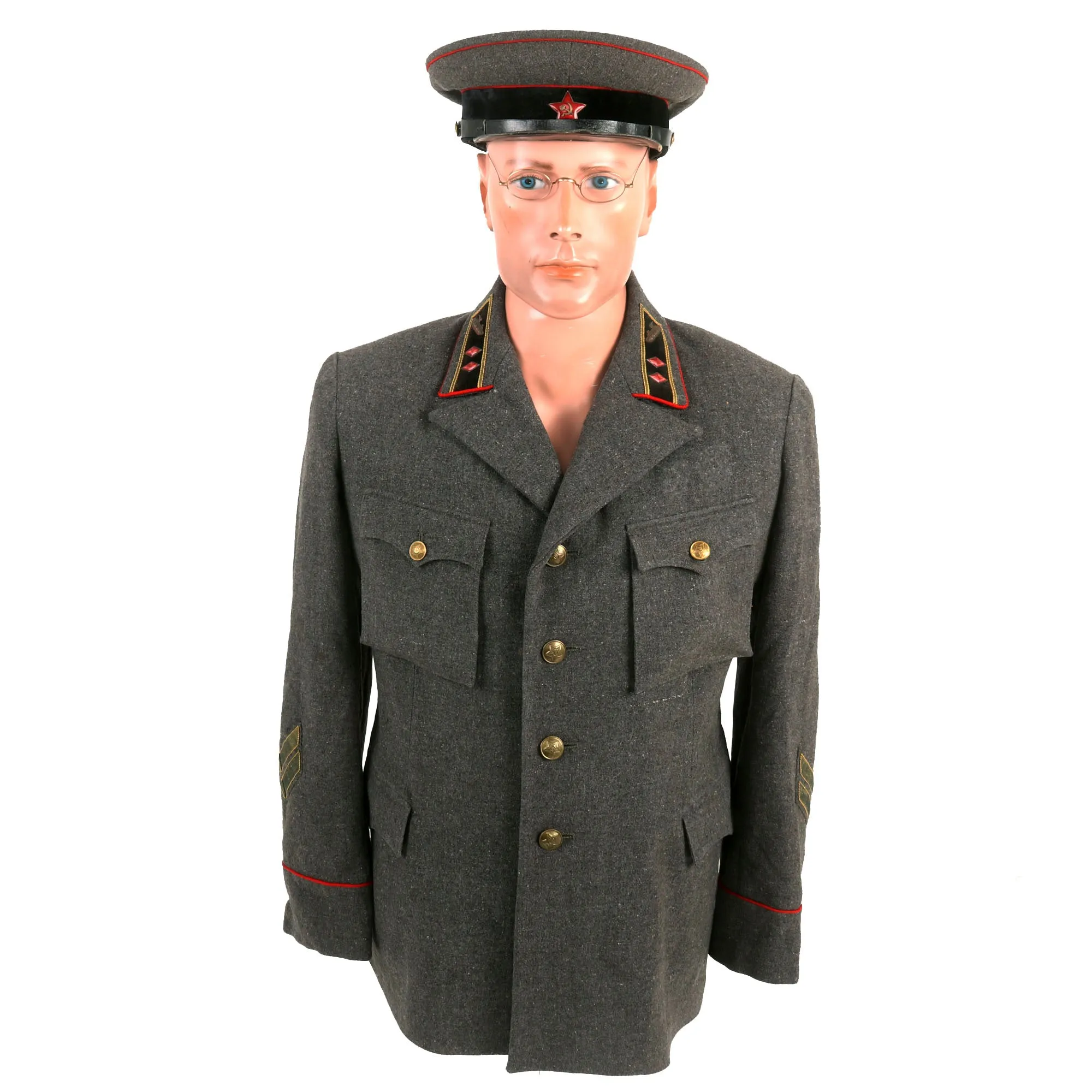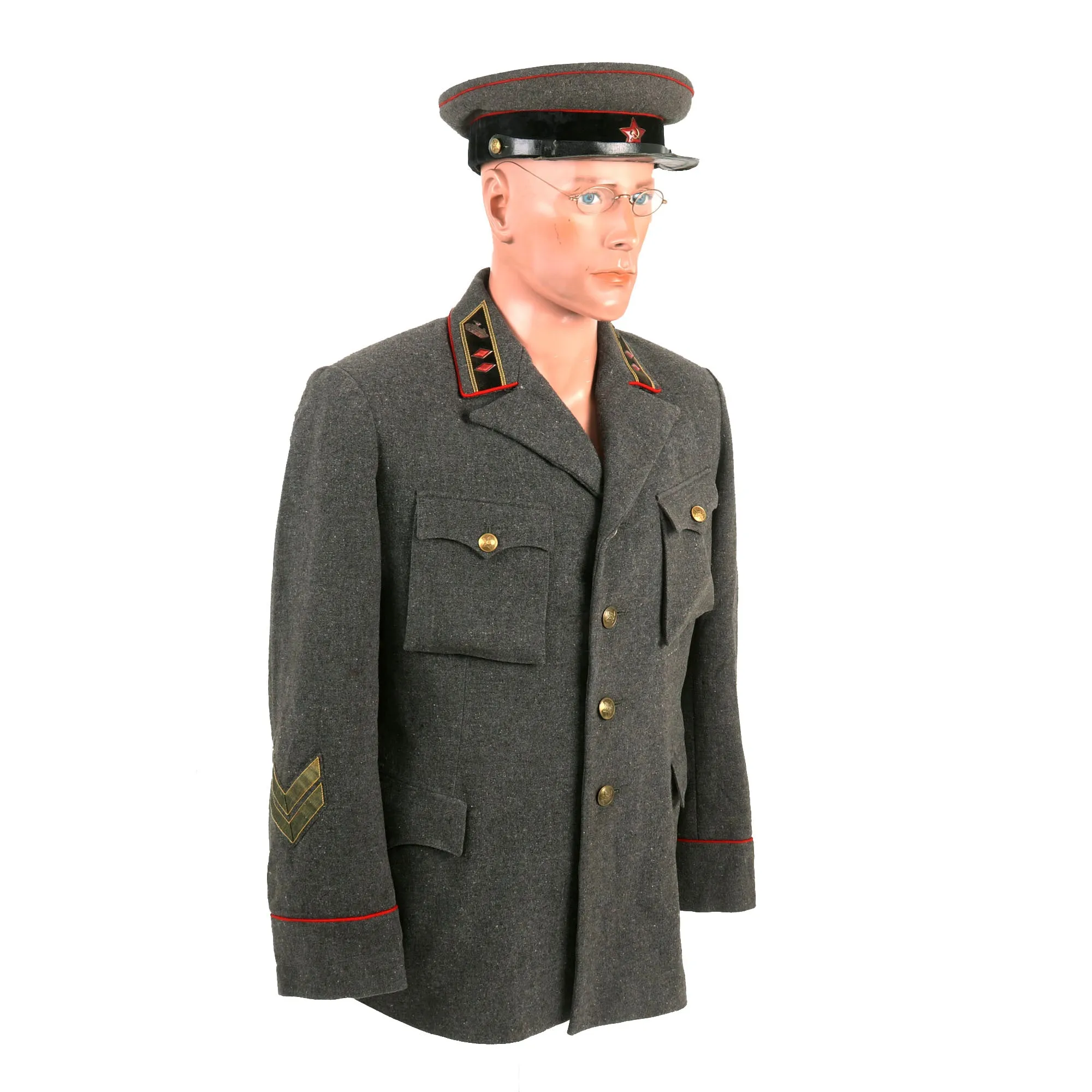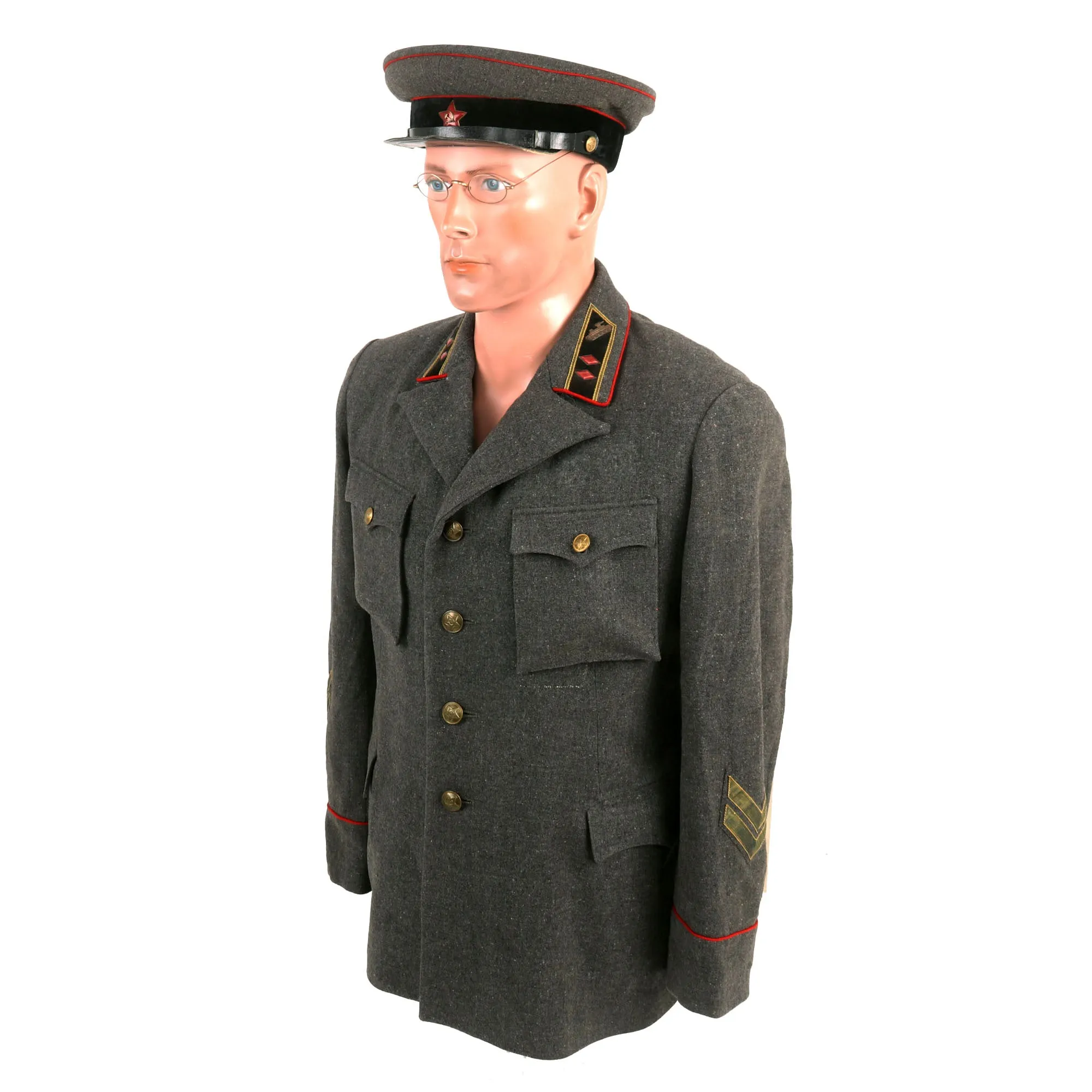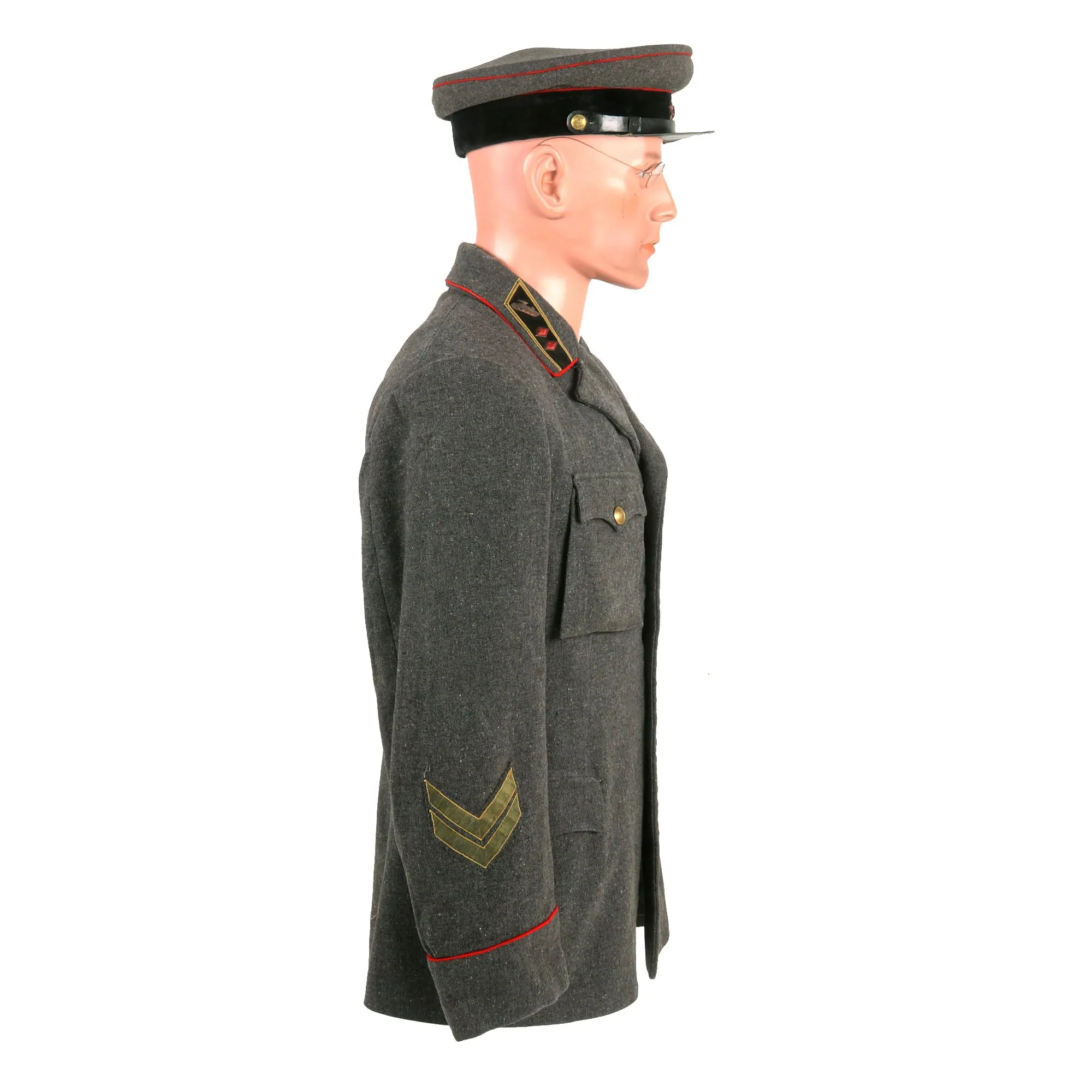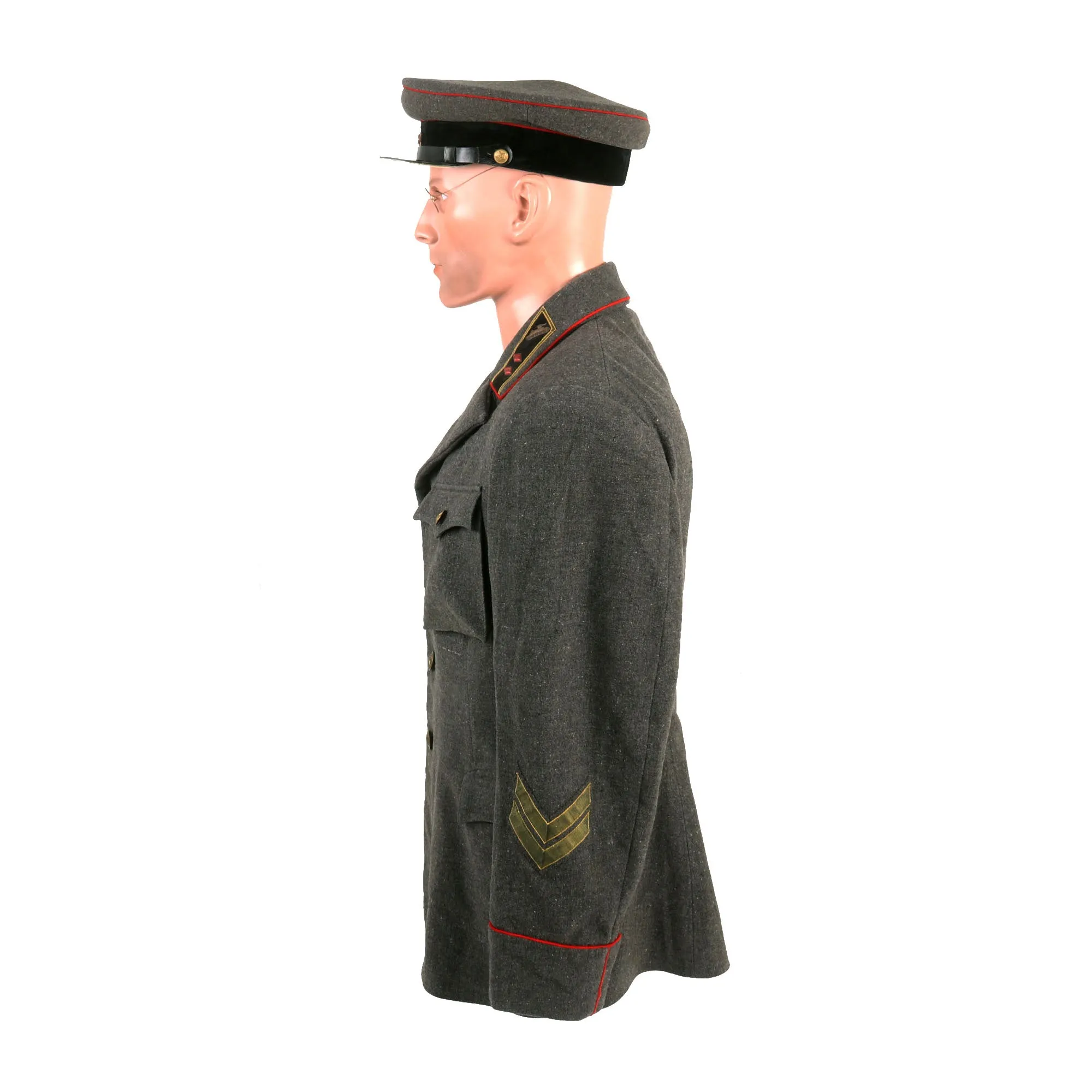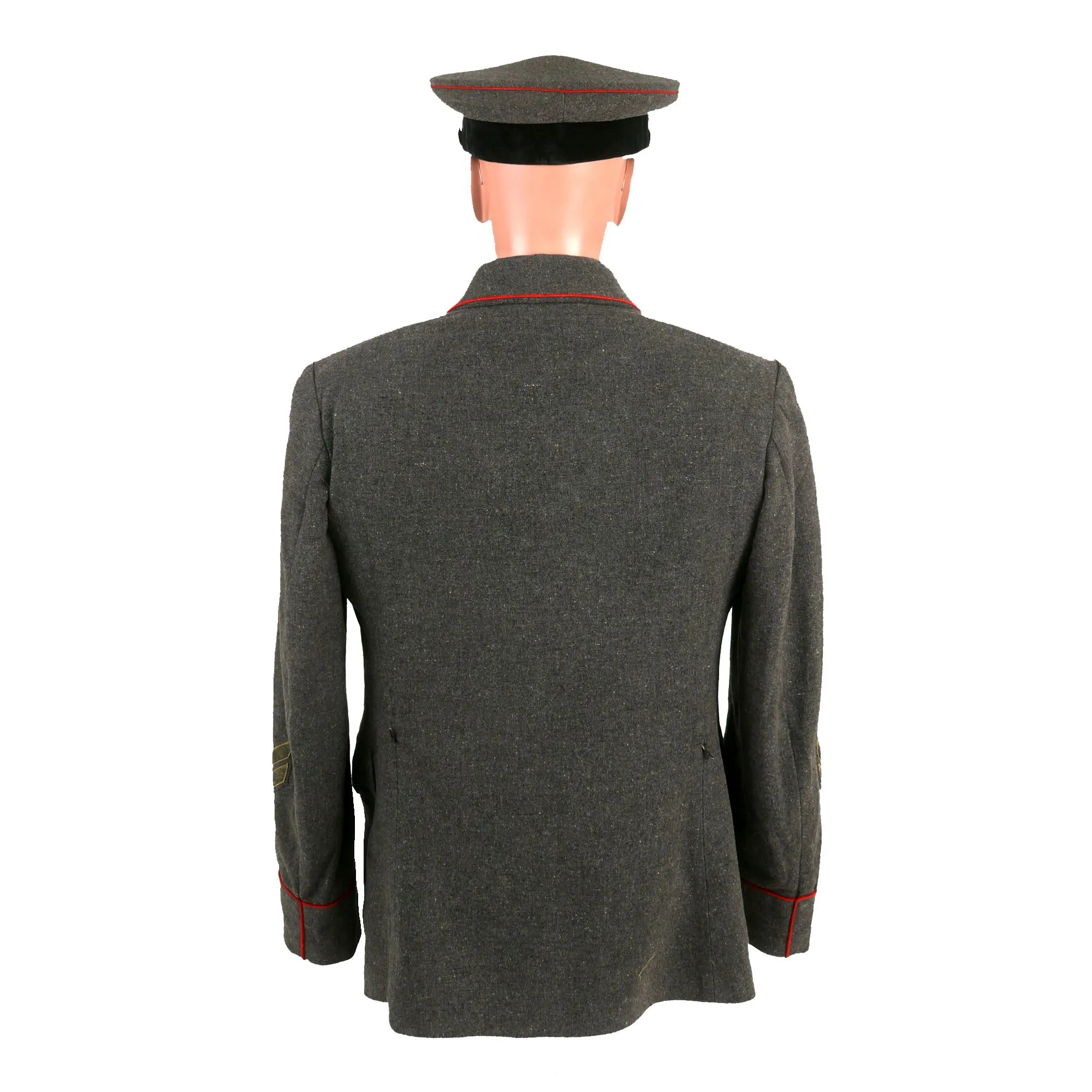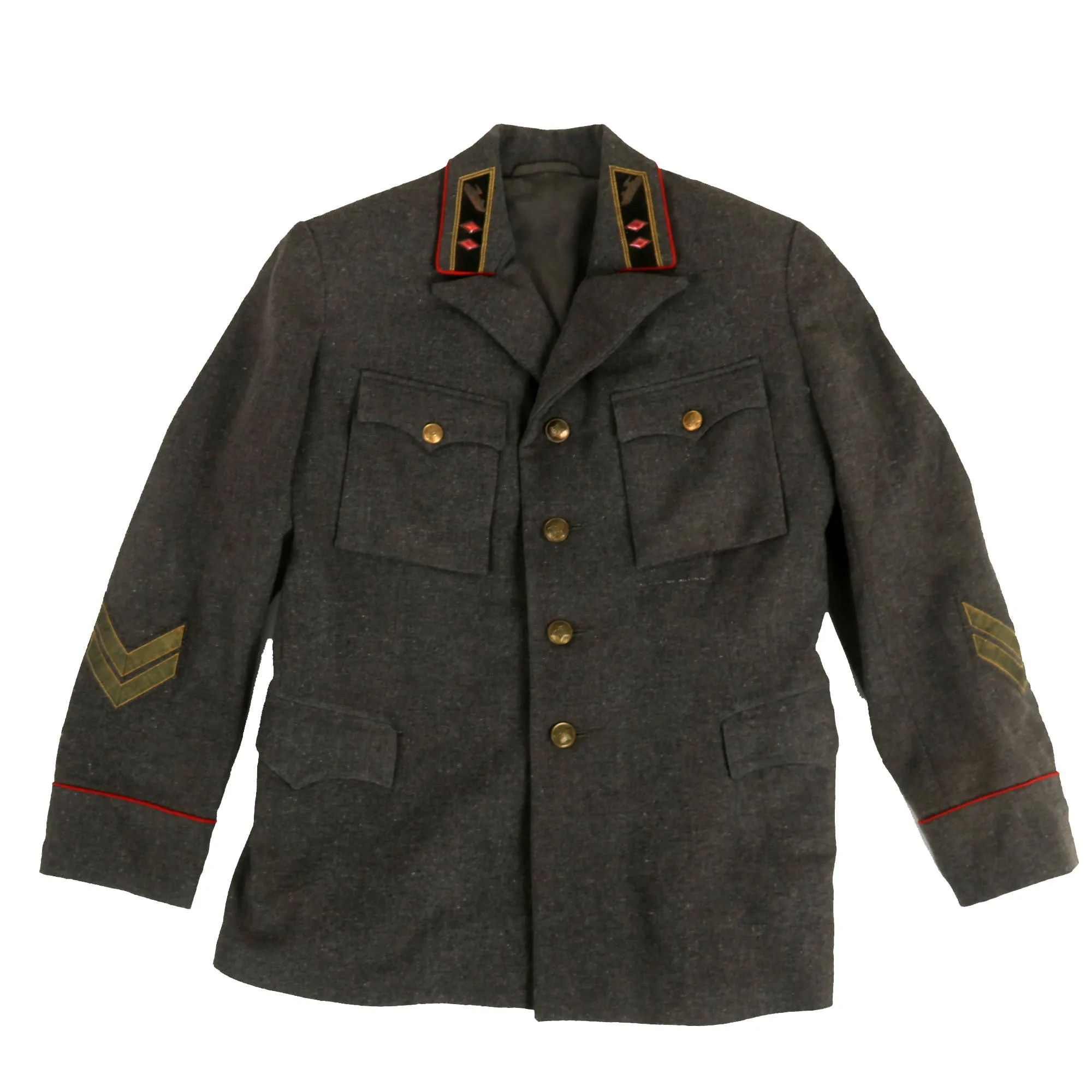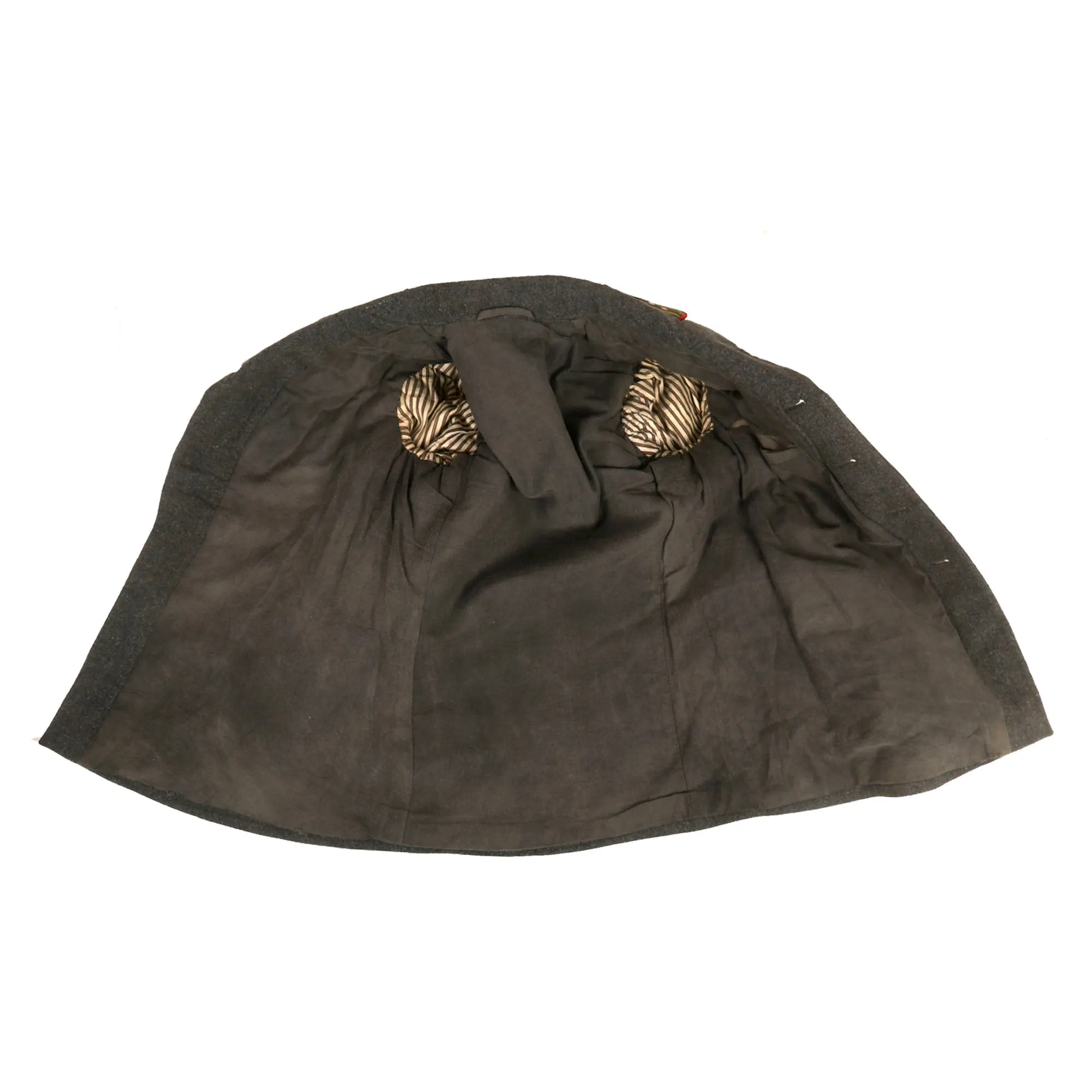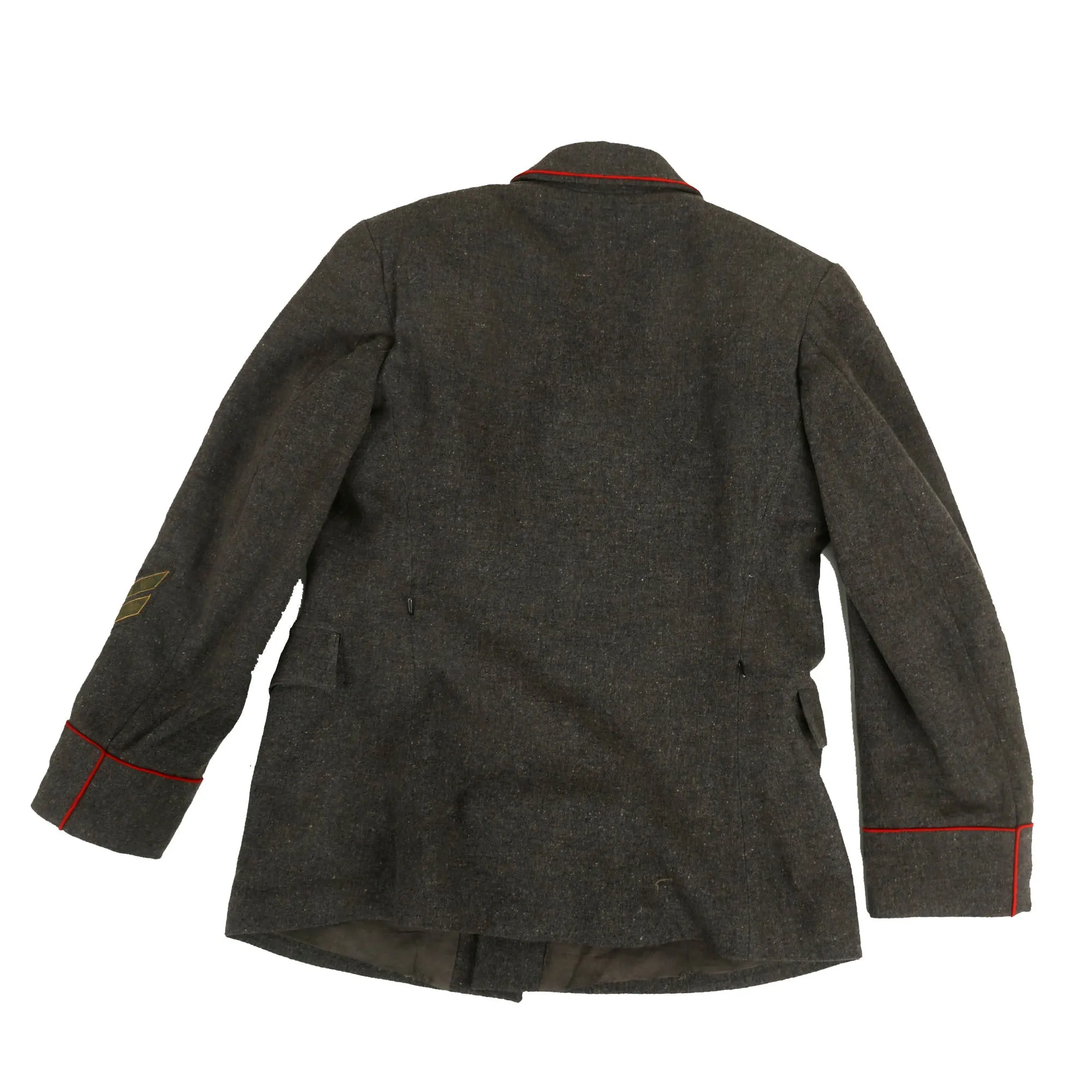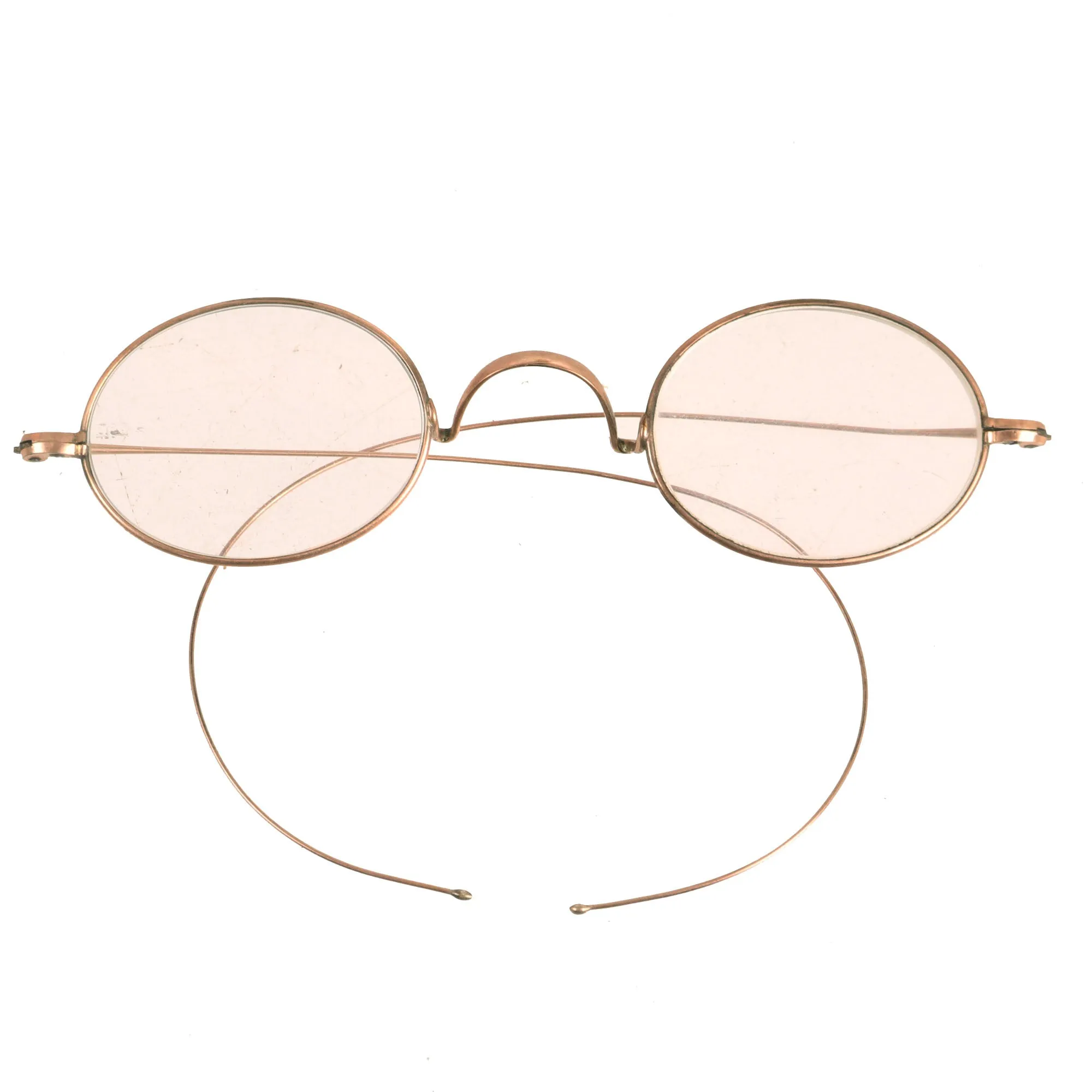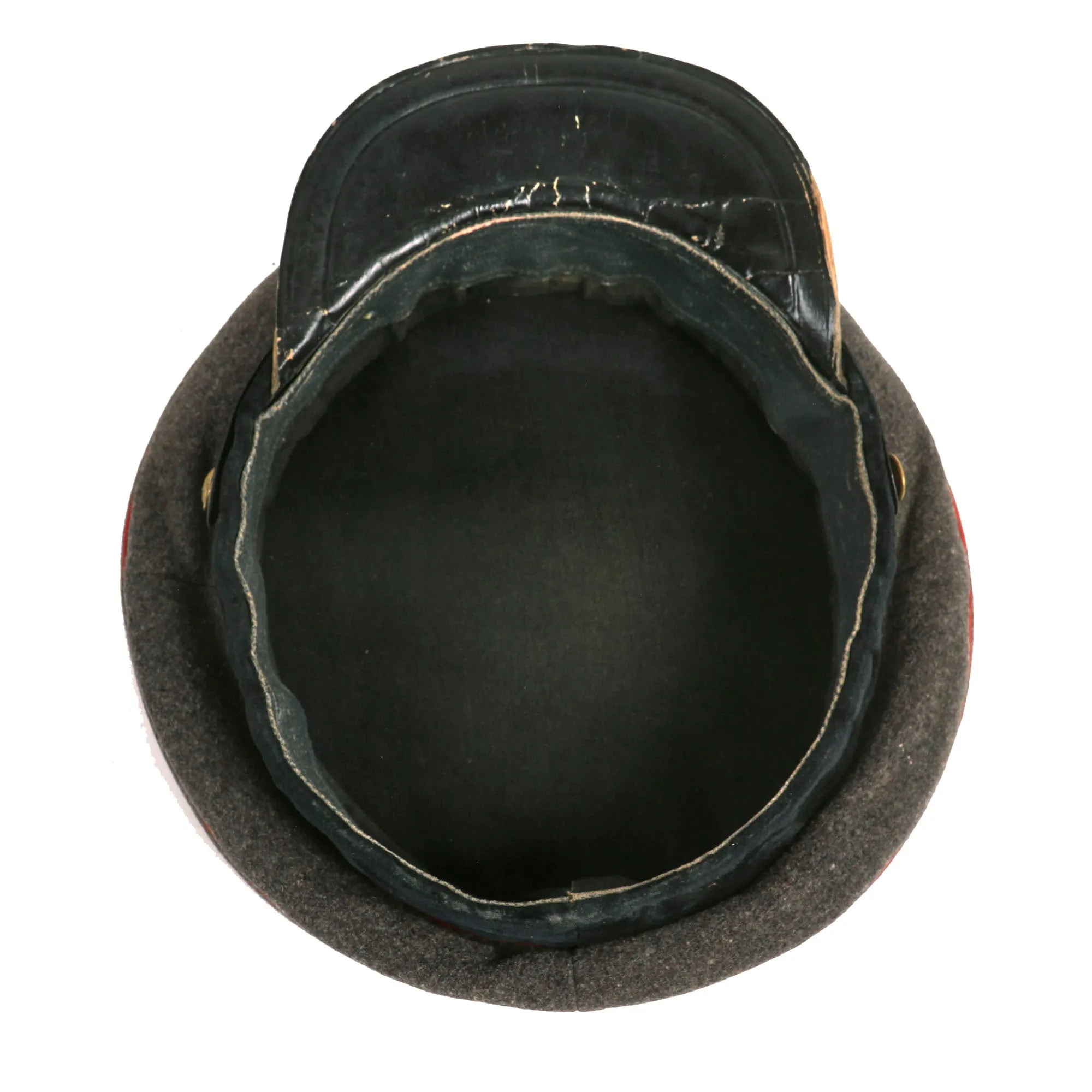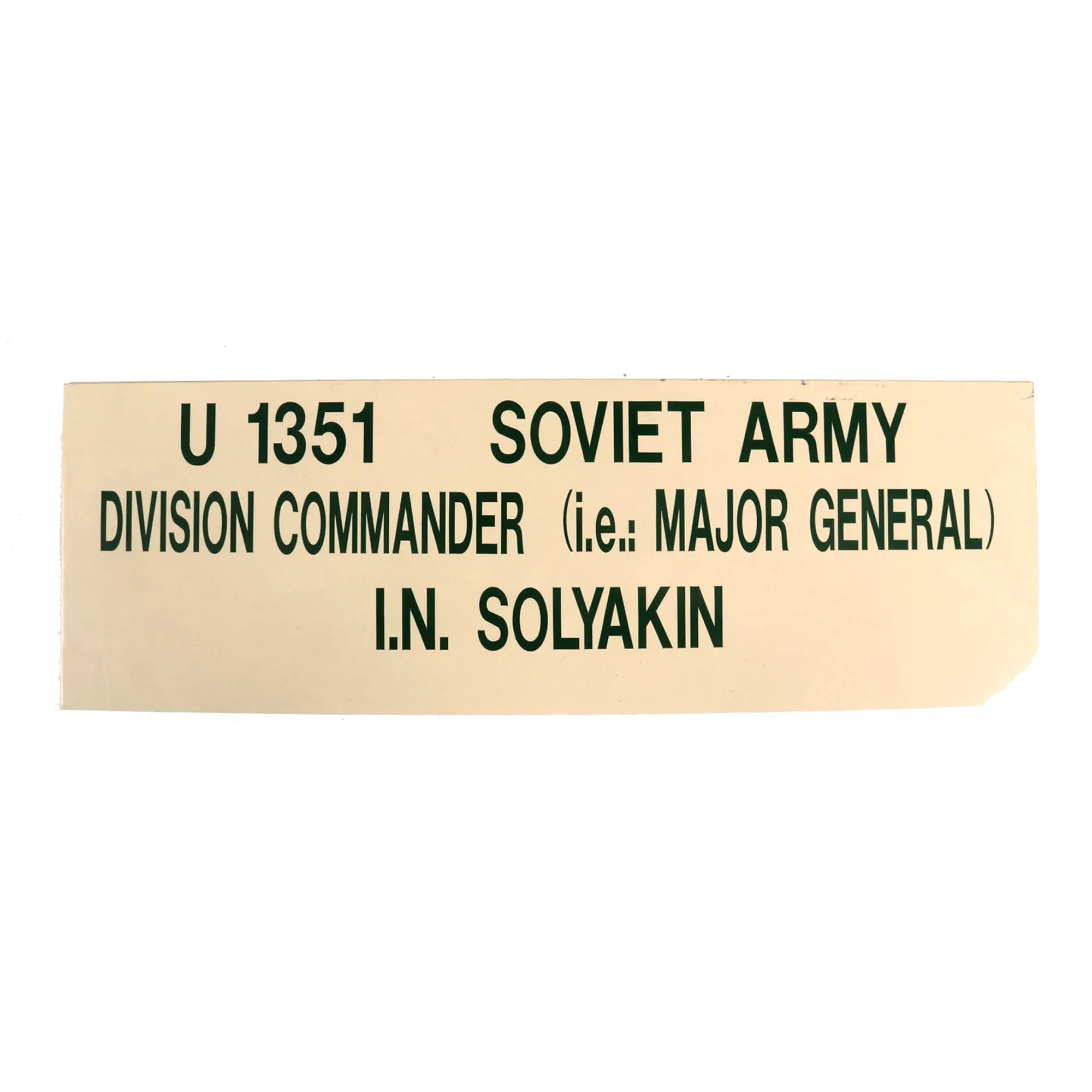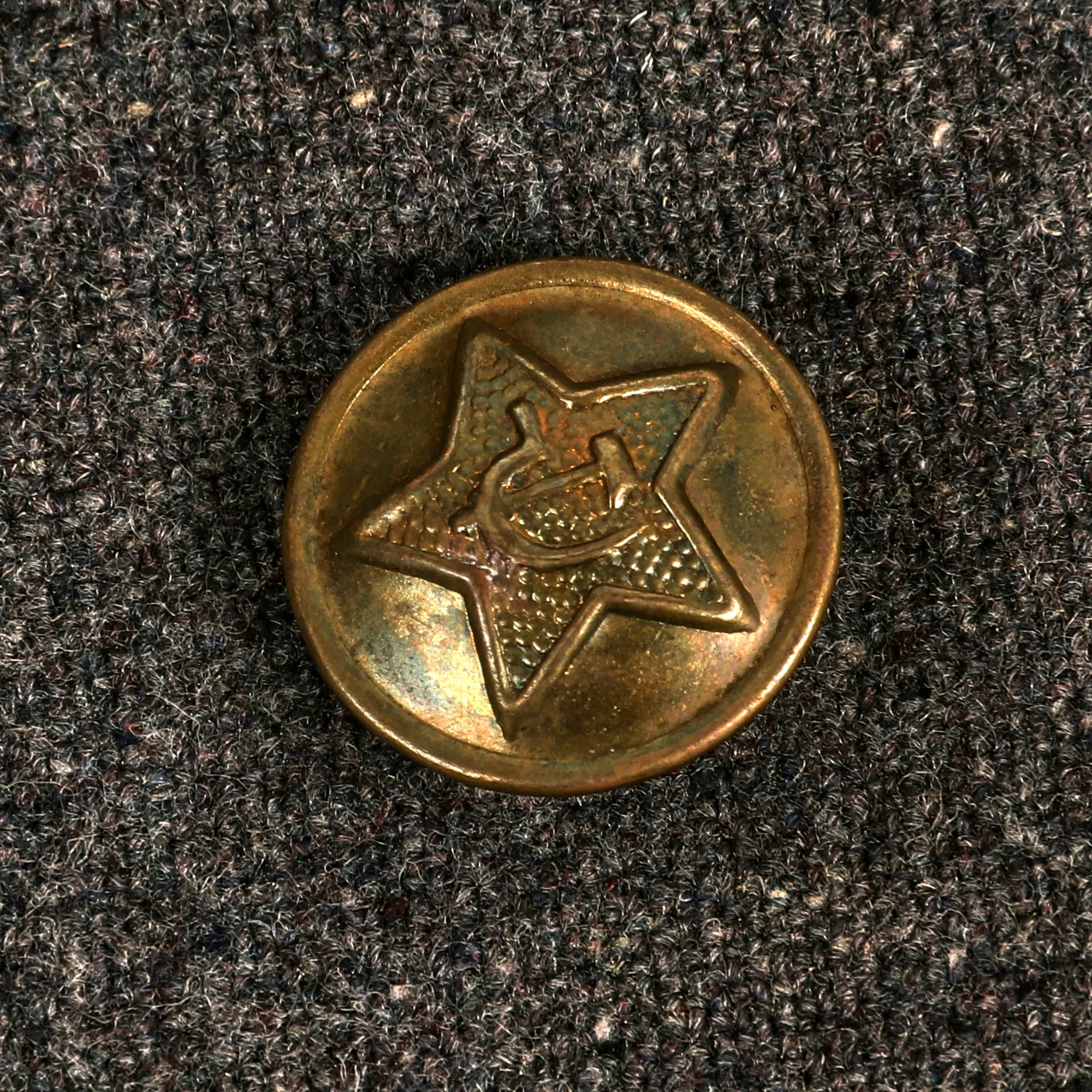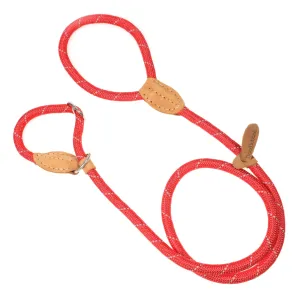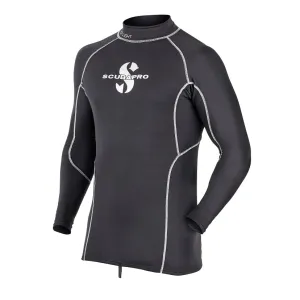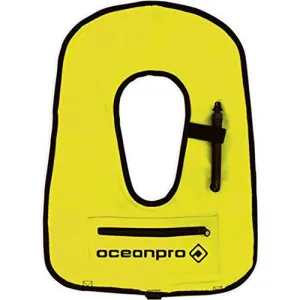Original Item: Only One Available. Now this is an incredible, attributed uniform set for Soviet Armored Troops Major General Yegor Nikolaevich Solyankin, Commander of the 2nd Tank Division. The uniform set itself is in wonderful condition and displays quite well, especially with the museum sign courtesy of the A.A.F. Tank Museum! Yegor Nikolaevich Solyankin was a Red Army major general. Solyankin led the 2nd Tank Division during the Battle of Raseiniai, a Soviet counterattack after the German invasion of the Soviet Union. He was killed in action during the defeat of his division.
The uniform came to us from the American Armoured Foundation, Inc. Tank and Ordnance Memorial Museum. The AAF Tank Museum was a living memorial dedicated to the Tank and Cavalry soldiers of the world. Before 1981 some of the artifacts that make up the AAF Tank Museum was a private collection belonging to Mr. William Gasser. Mr. Gasser felt that his collection would be beneficial in educating present and future generations to the sacrifices made and the technologies gained during war. Therefore, in 1981 the AAF Tank Museum was established as a non-profit charitable organization, and Mr. Gasser's donated his private collection to the Tank Museum. Mr. Gasser is still active as Volunteer Director and Curator of the Tank Museum and his knowledge of military history has been a great asset to the museum. Unfortunately after 20 years of operation it had to close its doors, which is when this uniform was acquired.
This is an original pattern 1935 tanker uniform set for the rank of Major General. The model 1935 uniform did not feature shoulder boards as the communist thinking at the time is that shoulder boards were a bourgeois indication of the Imperialist era. Introduced in 1935, the Red Army soldier was issued with both summer and winter field service dress. Both officers and men (other ranks) wore 'sharovari' trousers, a semi-breeches garment, the other ranks' issue being distinguished by the diamond-shaped reinforcing patches at the knees.
Both the jacket and the peaked visor is in fantastic condition as they would not have been worn much. There is no significant damage present and the tunic itself is quite striking with all original period applied insignia. The tunic is not named anywhere to him and as word came with it from the Tank Museum, they purchased it as belonging to “I.N. Solyankin” which was an obvious spelling mistake. Unfortunately this mistake was not corrected when the museum had the sign made but with carefulness, some mailbox numbers from a hardware store could easily correct it!
When it comes to historically incredible uniforms, this takes the cake! A uniform of this caliber that is able to be researched is very difficult to come by, so you do not want to miss out on this opportunity.
Comes more than ready for further research and display.
Yegor Solyankin
Solyankin was born on 21 April 1901 in Moscow. He was orphaned at age four and was sent to be raised in a peasant family in a village in Gzhatsky Uyezd. Solyankin was a shepherd in the village. From the age of twelve he worked as a blacksmith in Moscow. On 17 June 1920, he was conscripted into the Red Army at Gzhatsk during the Russian Civil War. Sent to the 16th Reserve Rifle Regiment of the Moscow Military District at Dorogobuzh, Solyankin became a cadet at the 5th Petergof Infantry Course in September. His training was interrupted by being sent to fight on the Southern Front with the 1st Petrograd Cadet Brigade against the Army of Wrangel and the Revolutionary Insurrectionary Army of Ukraine in Taurida Governorate between October 1920 and February 1921.
After the end of the Russian Civil War, Solyankin graduated from the 65th Yevpatoriya Commanders Course in 1921 and continued training at the supplemental department of the 63rd Simferopol Infantry Course. After completing training at the latter in September 1922 he was appointed to the 40th Rifle Regiment of the 14th Rifle Division of the Moscow Military District at Moscow. Solyankin spent the next seven years with the regiment, successively serving as a squad leader, assistant platoon commander, platoon commander, acting company commander, and company politruk. During this period he received further training at the Commanders Refresher Course in Moscow between October 1924 and August 1925 and entered the Moscow Military-Political Course in October 1928. Solyankin graduated from the latter in August 1929 and in November of that year transferred to the Ryazan Infantry School to serve as a course commander. He was sent to the Vystrel course in February 1931 and upon completion of the course returned to the 14th Rifle Division as an assistant battalion commander in its 42nd Rifle Regiment. He simultaneously served as military commandant of Shuya from October of that year.
Solyankin was seconded to the Leningrad Armored Commanders Improvement Course in December for training as an officer in the emerging Red Army tank forces, and upon graduation in May 1932 returned to the 14th Rifle Division to serve as chief of staff of the training battalion at Vladimir. A month later, he was transferred to the Separate Training Tank Regiment at Moscow, serving as assistant commander of a training tank battalion, acting assistant commander for training units of the regiment, and as a battalion commander. Solyankin commanded the tank battalion of the 1st Kazan Rifle Division from January 1934 and in June 1937 became commander of the 2nd Reserve Tank Brigade of the Leningrad Military District. After commanding the 9th Mechanized Brigade of the 7th Mechanized Corps from August 1938, then-Kombrig Solyankin was appointed commander of the 18th Light Tank Brigade in December 1939, when it was stationed in Estonia at Uuemõisa as a result of the Soviet–Estonian Mutual Assistance Treaty, and participated in the Soviet annexation of Estonia in June 1940. During the annexation, the brigade advanced into Tallinn. On 4 June 1940, he was promoted to Major General. He then served as deputy commander of the 1st Mechanized Corps from August 1940. Solyankin became commander of the 2nd Tank Division, part of the 3rd Mechanized Corps, on 9 December. The division was stationed in the area of Ukmergė, northeast of Kaunas. In the early summer of 1941 he arranged for the evacuation of the families of officers, although this was not officially permitted.
During the invasion of Russia, the 3rd Mechanized Corps mounted a counterattack against the advancing XXXXI Panzer Corps in what became known as the Battle of Raseiniai. The 2nd Tank Division had marched a hundred kilometers from Kėdainiai on 23 June to make its planned assault the following day. The division had six different types of tanks, including 32 KV-1s, 19 KV-2s, and 50 T-34s. Nearly half of the KVs broke down during the march. The KV tanks and T-34s of the division surprised the troops of the 6th Panzer Division, who were unaware of the existence of the Soviet tanks. The attack caused temporary panic, but the German forces counterattacked when the 2nd Tank Division ran out of fuel and ammunition after making six attacks. The 1st Panzer Division and the 36th Infantry Division flanked Solyankin's division and its rear area was captured after the 8th Panzer Division took Kėdainiai. On 25 June, Solyankin led a breakout attempt with the remaining heavy tanks leading. The division was destroyed and Solyankin was killed on 26 June. The location of his burial is unknown. He was survived by his wife, Varvara Vasilievna, a daughter, Raisa, and a son, Alexander.




